If you’ve been looking for a secret weapon to dominate social media, you just found it.
One of the most fascinating things about being involved in this industry is seeing just how much trends matter.
Not long ago, most self-respecting business owners would’ve laughed at the idea of being on Twitter.
Years later, those same business owners are sifting through blogs, searching for the best Twitter marketing strategies.
And I don’t blame them! If history has taught me anything, it’s that being late to the digital media marketing party can have disastrous consequences.
Just look at what having no social media presence at all can do to your business.
But keeping up with trends will only get you so far.
Surviving in the digital media landscape is nice, but I’d rather be thriving instead.
That’s why I’m constantly searching for marketing tools that aren’t being used to their full potential. Never underestimate the power of an untapped resource.
And if we’re talking about untapped resources, when it comes to social media marketing, nothing springs to mind quite as quickly as Pinterest.
Yes, you read that right.
I’m sure that a good portion of you reading this have never even considered Pinterest as an option for social media marketing.
But let’s forget about the trends for a second.
Imagine I told you there was a social media platform that had 175 million monthly active users with growing influence among international markets.
Oh, and most of your competitors aren’t using it.
How does that sound?
Today, I’m shining a spotlight on Pinterest and getting you one step closer to social media marketing mastery.
Most of you reading probably don’t have a ton of experience with this platform, but that shouldn’t be a problem.
I’ll be taking you step-by-step through this article to make sure that you’re ready to execute one heck of a marketing strategy by the time you’re done reading this.
Here’s what we’re going to deal with:
- Introduction to Pinterest
- The state of Pinterest today
- Brand loyalty and Pinterest
- Step 1: Decide the purpose of your account
- Step 2: Design your profile
- Step 3: Build a content strategy
- Step 4: Engage with Pinterest communities
Introduction to Pinterest
To understand what makes Pinterest such a potentially powerful tool, we first need to understand what makes Pinterest so special.
If you’re not familiar with Pinterest itself, let me help you out.
Basically, it operates like Tumblr. You can follow other users and keep track of their ‘pinboards’ (‘News Feed’ in Facebook speak), explore categories, share images with friends, and comment on images.
You get the idea.
Beyond the actual concept, one of the things that caught my eye was its growth.
175 million monthly active users might not seem that impressive to some at first glance. Twitter has over 300 million monthly active users.
Which is a good point, except that Twitter is four years older than Pinterest.
Pinterest debuted in 2010. Within seven years, it’s grown to be half the size of one of the biggest social media platforms in history.
Pinterest has grown from a user experience perspective as well.
What used to be a niche site for people planning weddings and looking for creative recipes has become a full-fledged social media platform.
The state of Pinterest today
Whether it’s a music fan’s personal playlist or a pinboard of cute puppy pictures, there’s no denying that the demographic has expanded immensely.
That being said, Pinterest is still dominated by female users. According to the 2016 Pew Research Study, 45% of all women online use Pinterest.
Pinterest’s actual user breakdown is a bit different, but seems to support this conclusion.
If your business is geared toward women between the ages of 18 to 36, and you’ve been looking for a way to reach them on social media, Pinterest might make a perfect fit for you.
But what makes Pinterest such a powerful marketing tool isn’t just the access to a particular demographic.
People who use Pinterest are actively engaging with brands and businesses on a regular basis.
If we consider a great study by Chain Store Age, we can see all of that engagement paying off.
The study determined that 80% of millennial users used Pinterest to help them decide what to buy.
In fact, over 70% of millennial users turned to Pinterest for recommendations!
Why is that so exciting?
It means that users aren’t just making their final decision using Pinterest (which is pretty great news by itself, actually).
Nearly 3 out of 4 users are taking their cues from Pinterest’s recommendations. Meaning that if you can end up on a user’s radar, it’s only a matter of time before you convert them.
Brand loyalty and Pinterest
To understand this next point, we’re first going to try a little thought experiment.
Okay, I want you to imagine two airlines.
The first airline provides you with a relatively good experience. Your check-in process is straightforward. The flight itself was pretty standard.
There’s a minor inconvenience, but it’s fixed quickly enough. Overall, the experience was…fine.
The second airline is quite a bit different. Expedited check-in process, free upgrade to first class, the works.
When that same minor inconvenience happens with this airline, they do everything in their power to not only fix the issue, but also to make it up to you.
Now, here’s the question: Which one are you more likely to fly with again?
The answer is obvious, right? Airline number two steals the show. I just made them up, and I’m already thinking like a loyal customer!
And that’s my point. Brand loyalty is a massive part of keeping those targeted followers that business owners are so eager to find.
It’s the difference between Apple and any other company. Historically, Apple has developed stronger brand loyalty than its competitors.
There are repeat customers, and then there are customers that won’t buy anywhere else.
That’s what we’re really after. And Pinterest doesn’t just support that. It’s built for that.
Step 1: Decide the purpose of your account
Considering the typical type of content you’ll see on Pinterest, it can be difficult to determine exactly what kind of content your business should produce.
So let’s simplify this.
Your content is going to be a direct result of two things:
- The goals you create for your account
- The feedback you receive and the data you collect throughout the execution of your marketing strategy
Which means that before we move forward, we should take a moment to create goals and start tracking metrics.
Word of warning: skip this step at your own peril!
I can’t tell you the number of business social media accounts I’ve seen where this happens.
Business owners dive into the deep end of content creation without a clear idea of what they should be doing or what qualifies as a success for them.
It’s essentially a lose/lose situation. If things go poorly, you’ll have no idea where things went off the rails. Or how to fix them.
Even if everything goes well, you won’t have any concrete understanding of why your marketing strategy succeeded.
Trust me. No matter how effective your strategy is, you’ll be thanking your lucky stars that you decided to track the metrics.
When it comes to creating goals, the rules are actually pretty simple.
First, determine what your starting data looks like. If you’ve already started developing a social media presence, that’s perfect.
If you’re just getting started with social media, decide on realistic, short-term goals that you’d want to achieve.
- 100 followers in 2 months
- 10% website traffic increase in 1 month
- 3 pieces of original content posted every week for 8 weeks
Choose whatever metrics you care about the most.
The key is that you’re creating trackable goals. You can’t expect to hit a target if you don’t know where it is, right?
Oh, and don’t worry about having to sign up for some expensive data analysis tool. Pinterest Analytics is built right in, so tracking metrics should be completely painless.
Step 2: Design your profile
Creating a profile for your business on Pinterest might seem a bit visually different from other social media platforms, but it’s probably one of the easiest profiles to make.
Pinterest goes as far as to say that you can create an account in 15 seconds.
Seriously, it’s that easy.
First order of business? Sign up on their site.
Make sure that you create a business account and not a personal one (although you can convert it afterward if you messed up).
Not only do you get access to great features like Pinterest Analytics with a business account, but you’ll absolutely need a business account if you want to create ads on Pinterest.
Once you’ve created the account, you’ll want to complete your profile before you continue.
You should be using your company logo as your picture, because it’s easier for people to identify any of your Pins.
Make sure that the ‘about you’ field is filled out. You’ll be able to toss a link in there, so make sure to take advantage of that and link to your website.
While you’re at it, beef up your About page on your website.
Pro Tip: You can create a special shortened URL just for your Pinterest profile, which will make it easier to track how much traffic your website is getting from Pinterest.
From there, you’ll be asked to create your first board before you’re allowed to start saving Pins.
As you continue to develop your profile, you’ll naturally end up with more boards. We’ll get into all that later, but for now, just pick an obvious industry topic that you want to track.
Once you’ve done all that, you’re ready to move into the next stage: coming up with a content strategy.
Step 3: Build a content strategy
Developing a content strategy for any social media platform comes down to a few key factors.
If I had to summarize what most good content strategies have in common, it would be:
- Balance of content styles
- Consistent posting
- Constant experimentation
Before we go any further, let’s get this out of the way: Pinterest is almost exclusively a visual platform.
There’s certainly room for some written content below your visuals, but the focus here is going to be visual content 90% of the time.
Why do I mention this? Because it’s going to dictate the balancing of content styles for you.
Since you’re operating in an environment that basically demands some form of visual content, your options are a bit limited.
But where Pinterest really shines is in the way they allow you to balance content styles in spite of this limitation.
What do I mean? The Pins system. You may have fewer options when it comes to creating content, but when it comes to curating content? No platform does it quite like Pinterest.
You can create boards, post your own content, and surround it with curated content easily and seamlessly.
From there, we need to consider your posting schedule.
Consistent posting on social media is absolutely essential.
Forget about the fact that it’s almost impossible to build enough momentum be considered an online authority without it.
It’s pretty darn unlikely that most users will stick around if you have an erratic posting schedule.
So clearly, consistency is important. But how often should you be posting to get the most out of your profile?
Once a day? Once every few hours?
Buffer actually came up with a pretty good range for business owners to fall into:
That’s right.
If you’re just getting started (or if you just don’t have the time or content), 5 Pins a day should be a good frequency for you.
If you happen to have plenty of content, or you can afford to hire someone to manage your social media, you can try for 30 Pins per day.
Don’t get too caught up in trying to find the ‘frequency sweet spot’ for now. The goal here is to get in the habit of consistently posting and to get your followers used to your schedule.
Speaking of finding that frequency sweet spot, eventually you will want to experiment with all of the components of your content strategy.
Which is great! Experimentation is how you promote long-term growth among your social media accounts, as long as you’re making smart decisions.
No matter what aspect of your content strategy you’re planning on changing, ask yourself one question: Is this decision backed by data?
If the answer is ever no, back away slowly.
Seriously! An educated guess is one thing, but there’s a difference between an educated guess and gambling.
Ensuring that your decisions are data-driven is the easiest way to guarantee that your new strategy will succeed.
Ignore your gut feeling. Ignore the latest trends. What’s the data telling you? That’s what really matters.
Your feelings might lie, but the metrics never do.
Step 4: Engage with Pinterest communities
One of the best parts of having a profile on a platform like Pinterest is that engagement is significantly easier to encourage here.
The platform encourages constant engagement between you and other users. Users are more likely to be converted by your branding if they find it engaging enough to pay attention.
The barrier to meaningful engagement is lower here, but make no mistake: if you try to go full ‘corporate ad man’ here, you’ll be left out in the cold.
Even the most marketing-friendly social media platform is going to require more than hoping and praying for followers.
If you want those targeted followers, you’ll have to go after them.
Fortunately, they’re pretty easy to find on Pinterest.
Let’s say that you’re looking for users and communities who identify as entrepreneurs.
By typing ‘entrepreneur’ into the search bar,
clicking the drop-down menu and selecting ‘boards,’
You’ll end up with this:
That’s right. You get fully interactive access to the boards of people interested in your industry.
From there, the process is actually pretty straightforward. Start by following relevant boards.
Let’s look at a popular entrepreneur board on Pinterest, with over 330,000 followers.
What does engagement look like on Pinterest? Here’s a look at what an active user looks like on Pinterest.
- You should be connecting with other followers in the comments sections of Pins.
- Message the board collaborators and ask if you can Pin something. It can do wonders for developing yourself as an online authority.
- You should be posting in the afternoon and evenings, with Saturday taking a priority as the best day to post.
- Create your own boards and post educational or entertaining content to attract targeted followers.
It’s that easy.
Oh, and Pinterest actually compiles a list of the most discussed topics of each day.
When engaging with other users on Pinterest, keep in mind that offering a bit of value can go a long way.
This doesn’t mean you have to give away free stuff. While there are plenty of nuanced ways to provide value, it always comes down to two categories.
Are you hoping to entertain people? Take a page out of my book and pin original photos and videos or curate other entertaining content you found online.
Are you trying to educate people? I’ve found that pinning infographics or instructional videos works incredibly well on Pinterest.
You can even make a graphic specifically for Pinterest to draw people into your written content.
Here’s a look at an easy, effective way to make this predominantly visual-driven platform work for you.
As a business on social media, the easiest way to provide value is by teaching people something they didn’t already know.
They may be industry fans, but you’re involved in the industry. Since you might know more than your followers, leverage your expertise.
Something that you consider common knowledge can become massively valuable to someone who doesn’t exist in your world.
And I know I say this all the time, but it’s important (especially on this platform): Do not spam.
No one sympathizes with spam. It’s not attracting anyone. If anything, it’s going to convince people that you aren’t nearly as valuable as your industry knowledge made you out to be.
From there, the formula is simple. You’ve been posting a variety of consistent, valuable pieces of content, and your profile is loaded with reasons for followers to stick around.
Once you’ve started down the path of online authority, people will start investigating your profile to see if they can get any more of that value you gave out for free earlier.
This group of curious users turns into targeted followers. When they find your website, you’ve urged another prospect further into your funnel.
Conclusion
Pinterest might look a bit confusing at first glance. However, it’s probably one of the easiest social media platforms to work with once you get familiar with it.
But the best part? The gate is completely unguarded!
Most businesses are too busy focusing on the Big Three (Facebook, Twitter, Instagram) to really consider marketing on a platform like Pinterest.
Not that I’m complaining.
You know the old saying: When the cat’s away, the mice will execute marketing strategies on Pinterest’s 175 million active users.
…or something like that.
What kind of success have you found on Pinterest Boards? What tactics have you used to get more targeted followers on Pinterest?


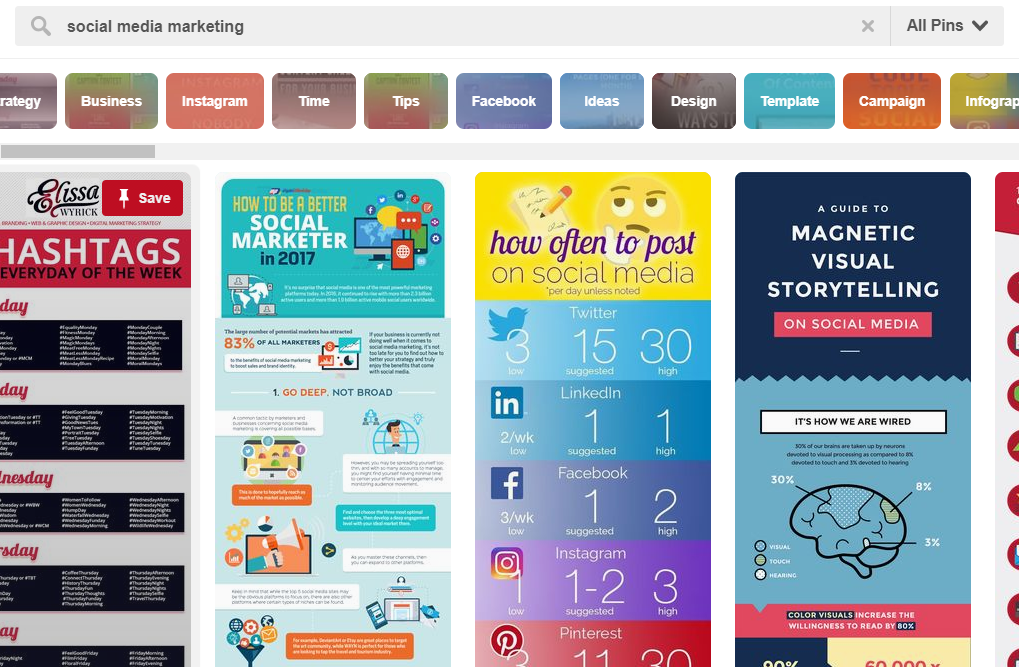
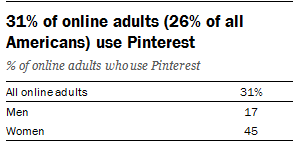
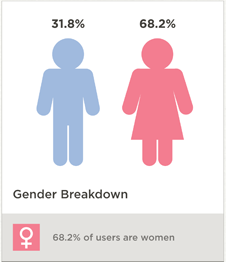
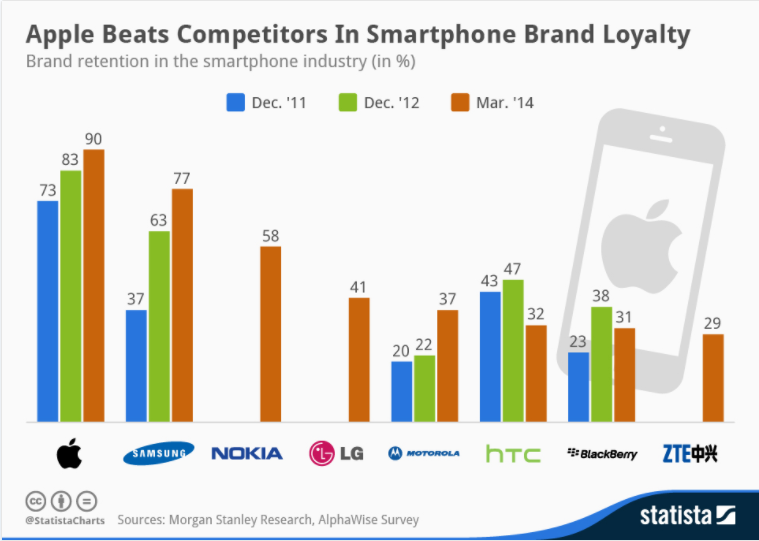
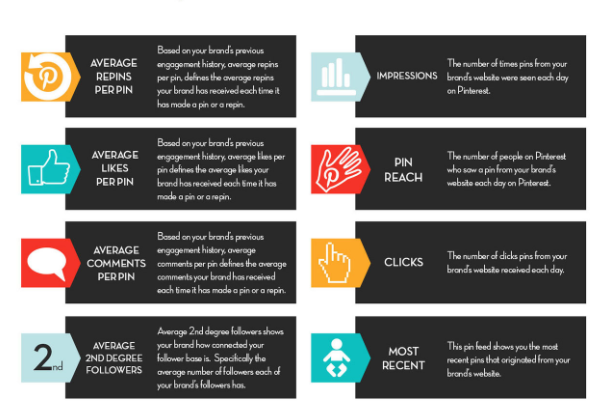
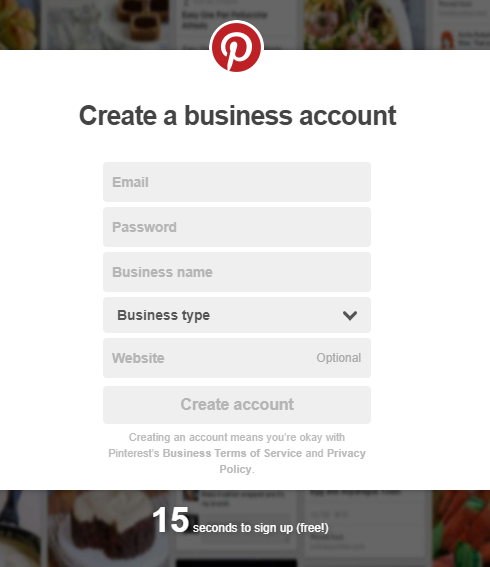
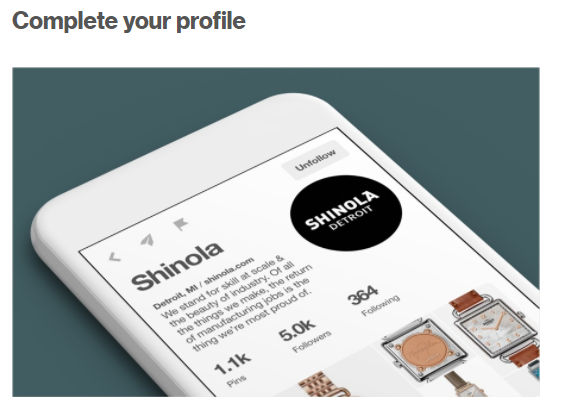
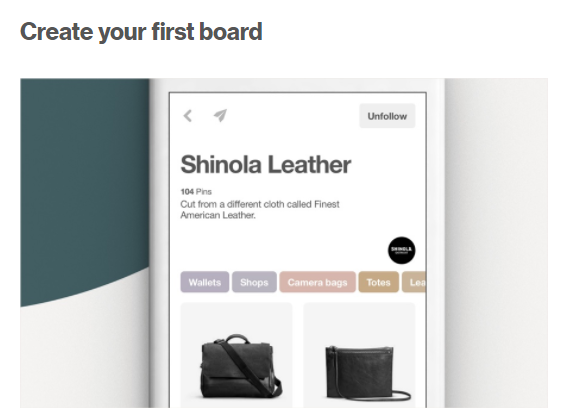
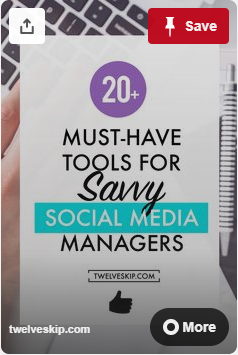
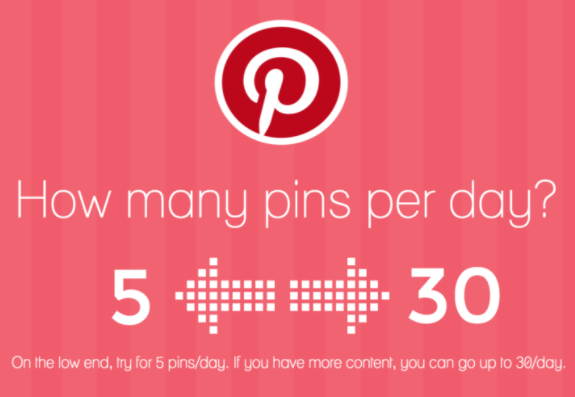

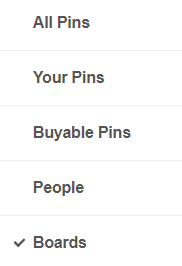

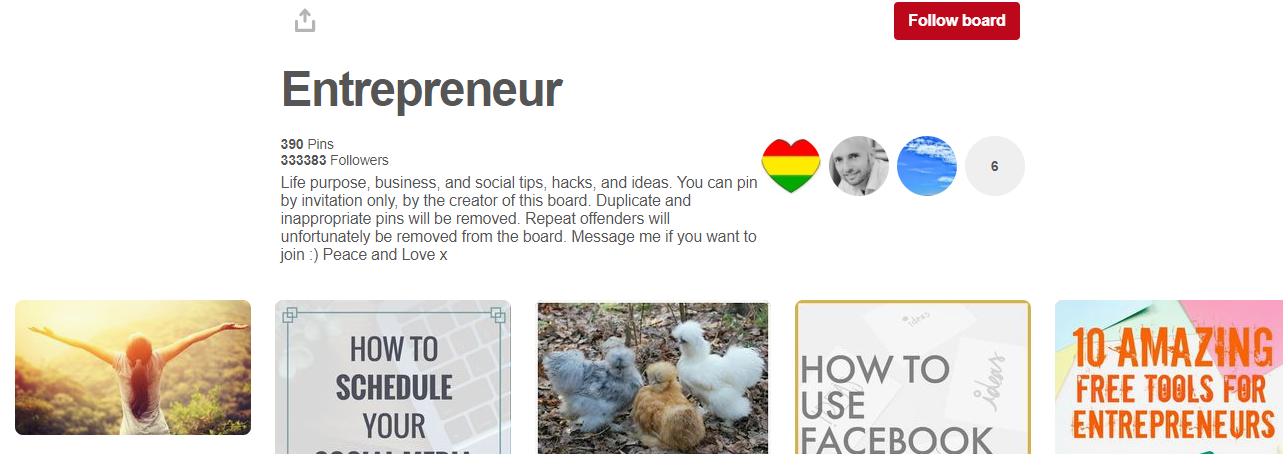

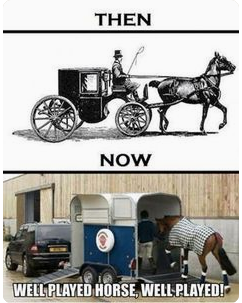
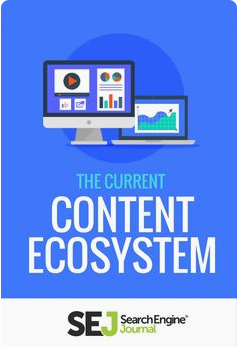


Comments (16)